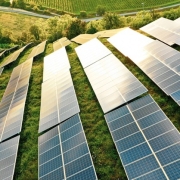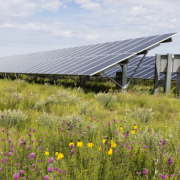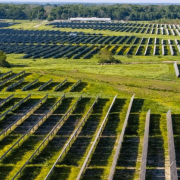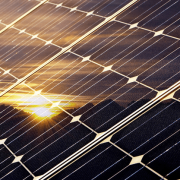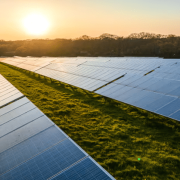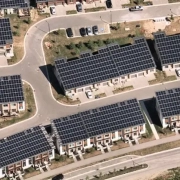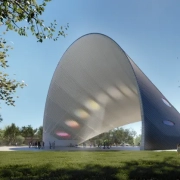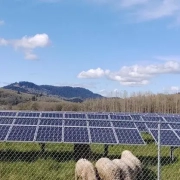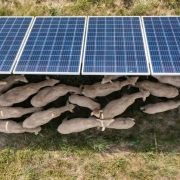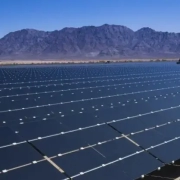The U.S. Department of Energy announced an $861 million loan guarantee on Wednesday to build two solar photovoltaic farms in Puerto Rico as persistent power outages plague the U.S. territory.
The project would be located in the southern coastal towns of Guayama and Salinas and backed by Clean Flexible Energy LLC, a subsidiary of The AES Corporation and TotalEenrgies Holdings USA Inc.
It would add up to 200 megawatts of solar generation and another 285 megawatts of storage capacity to Puerto Rico’s grid, according to U.S. Energy Secretary Jennifer M. Granholm.
The solar photovoltaic project is expected to generate about 460,000 megawatts of energy, enough to power some 43,000 homes, officials say.
Click here to read the full article
Source: ABC News
—
If you have any questions or thoughts about the topic, feel free to contact us here or leave a comment below.

